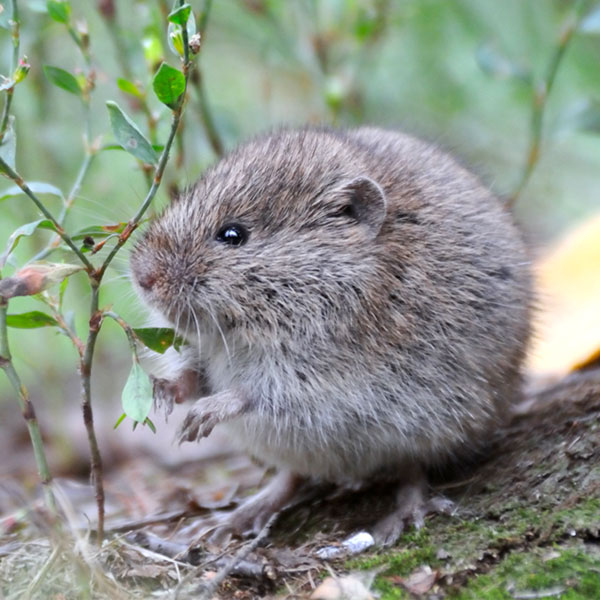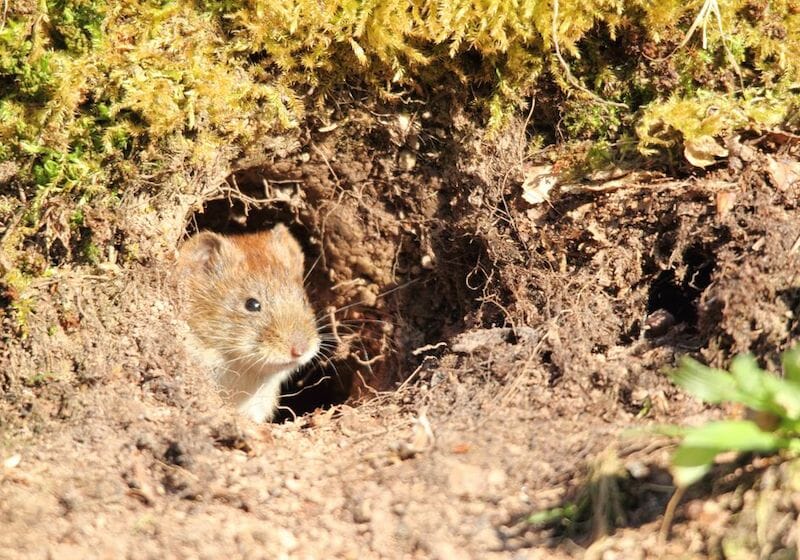Comprehensive Vole Pest Control Services in Utah
Comprehensive Vole Pest Control Services in Utah
Blog Article
Understanding Vole Parasite Control: In-depth Insights on Infestation Prevention and Therapy Approaches
As homeowner and caretakers, the existence of voles can present a significant challenge to maintaining the integrity of our outdoor spaces. Understanding the complexities of vole habits is vital in creating reliable pest control techniques. By recognizing the subtle signs of vole infestation at an early stage, we can take positive steps to protect against prevalent damage. In this discussion, we will check out the subtleties of vole behavior, explore the identification of problem indicators, and reveal one of the most effective prevention and therapy techniques. Keep tuned to find the insights that will empower you to master vole bug control and secure your property versus these elusive rodents.
Understanding Vole Habits
Taking a look at the foraging patterns of voles supplies important understandings right into their behavior and habitat preferences. By observing their foraging habits, scientists can gain a much better understanding of where voles favor to develop their habitats and the extent of their ecological influence.
Research indicates that voles exhibit selective feeding routines, favoring tubers, roots, and seeds. This dietary preference affects their foraging patterns, leading them to locations rich in greenery and ground cover. In addition, voles are known to produce intricate passage systems for foraging and nesting objectives, suggesting a high degree of flexibility to their surroundings.
Comprehending vole habits is essential for executing targeted bug control actions that disrupt their environment choices and foraging tasks (vole yard damage). By researching their behavior, specialists can develop much more efficient avoidance and treatment techniques to take care of vole problems

Identifying Signs of Vole Infestation
Vole infestations can be spotted by acknowledging certain indicators of their visibility in an area. One of the most usual indications of a vole invasion is the existence of surface runways.
One more vital sign of vole infestation is the existence of little burrow openings in the ground. In addition, voles are recognized to leave behind chewed plant stems, roots, and light bulbs near their burrow openings, suggesting their feeding task in the location.
Locating these droppings along paths or near burrow openings can validate a vole infestation. By being attentive for these signs, residential or commercial property proprietors can quickly attend to vole invasions and avoid further damage.
Implementing Aggressive Prevention Measures

In addition, utilizing natural vole deterrents like castor oil-based repellents or killer pee can work as effective preventive steps. It is likewise a good idea to frequently inspect outdoor rooms for any type of indicators of vole task, such as paths or delve openings, to attend to potential invasions promptly. vole lawn damage. By adopting these aggressive prevention strategies, residential property owners can significantly reduce the possibility of vole damage and preserve the health and looks of their landscapes
Reliable Treatment Approaches
Incorporating targeted trapping techniques and using authorized rodenticides are necessary parts of efficient treatment strategies for handling vole invasions. Capturing can be a reliable way to minimize vole populations, especially when positioned purposefully in their active runways. Snap catches and live catches can both work, with the latter enabling the capture and moving of voles. When using rodenticides, it is important to comply with safety and security standards to avoid damage to non-target animals and pet dogs. Place rodenticides in secure lure terminals to decrease threats to unintentional targets. Additionally, habitat adjustment, such as lowering ground cover and eliminating resources of food, can aid discourage voles from infesting a location. Routine surveillance and maintenance are also crucial elements of effective treatment techniques to make sure that vole populaces are kept under control. By incorporating capturing, rodenticides, habitat alteration, and constant monitoring, effective vole pest control can be achieved.
Surveillance and Maintenance Tips
Maintaining a methodical routine for monitoring and carrying out routine upkeep activities is essential to sustain the performance of vole insect control procedures. Regular monitoring enables for the very early discovery of vole task, making it possible for prompt intervention before problems aggravate. To effectively check vole populaces, strategically positioned catches can be utilized in vole paths or near burrow entryways. By consistently checking these traps, home proprietors can evaluate the degree of vole activity and readjust control methods as necessary.
Furthermore, preserving a clean and neat landscape is crucial in vole avoidance. Cleaning away debris, such as piles of wood or thick vegetation, gets rid of prospective vole habitats. On a regular basis trimming and trimming grass plants aids minimize vole hiding areas and lessens their accessibility to food resources.
Additionally, recurring upkeep of physical obstacles, such as fencings or cable mesh, is essential to visite site stop vole intrusion. Examining and fixing any type of damages to these structures ensures that vole control remains reliable in protecting homes from infestations. By including these monitoring and maintenance practices right into a detailed vole pest control plan, individuals can properly handle vole populations and secure their residential properties from damage.
Verdict
Finally, grasping vole insect control requires a strong understanding of vole habits, the ability to recognize signs of infestation, executing positive prevention procedures, reliable therapy methods, and constant surveillance and maintenance. By taking a detailed technique to vole control, people can successfully more helpful hints handle and prevent infestations, eventually shielding their building and surrounding atmosphere from damages triggered by these little rodents.
In this discussion, we will check out the subtleties of vole actions, dive into the recognition of problem signs, and reveal the most effective avoidance and therapy methods.Including targeted trapping techniques and utilizing accepted rodenticides are crucial parts of effective therapy techniques for handling vole problems. To successfully keep track of vole populations, purposefully placed traps can be made use of in vole runways or near burrow entrances. Checking and repairing any kind of problems to these frameworks ensures that vole control remains effective in protecting residential or commercial properties from invasions. By integrating these tracking and maintenance methods into an extensive vole bug control strategy, people can successfully handle vole populaces and secure their buildings from damages.
Report this page